Artificial Intelligence (AI) has become quite the set of buzzwords this year. And, if your circle is anything like mine, they often come up in the context of amazement, skepticism, and/or apprehension.
Many people (this writer included) are worried about its impact on their jobs, creative endeavors, and the boundaries of truth and reality. As AI becomes more prevalent in our lives, and the powers that be work to manage its effects, it’s certain that the wonder will continue to grow, as will the anxiety.
In all the uncertainty about a future alongside AI, one can’t discount the incredible impacts its integrations will have on the issues we face. That includes our steps toward a more sustainable future in the face of pressing environmental challenges.
Just as AI is able to generate your next marketing graphics or help you respond to emails, it is poised to be a valuable ally in the fight against climate change. Businesses are developing all sorts of innovative tools that are helping to mitigate damage, protect ecosystems, and make a sustainable future more feasible.
Let’s take a closer look:
Predictive Analytics for Climate Change
- Applicable to: any business operating globally and especially relevant for agriculture, logistics
- Common product/s: climate risk analytics software
- Ones to know: Cervest, Climate X, Jupiter Intelligence
One of the most critical uses of AI in environmental conservation is predicting and understanding the impacts of climate change. AI-powered predictive models analyze vast amounts of data to forecast climate patterns, identify areas vulnerable to extreme weather events, and suggest adaptive measures.
The European Space Agency’s (ESA) Climate Change Initiative (CCI) is a fine example. It relies on AI algorithms to comb through data from over 700 observation satellites orbiting Earth, improving detection rates and the prediction quality of 21 ‘essential climate variables’. With over 40 years of data collected, you can only imagine how long it would take to make sense of this information the old-fashioned way.
Insights gained from programs like the CCI help us to better understand climate change, as well as prepare for and mitigate its consequences.
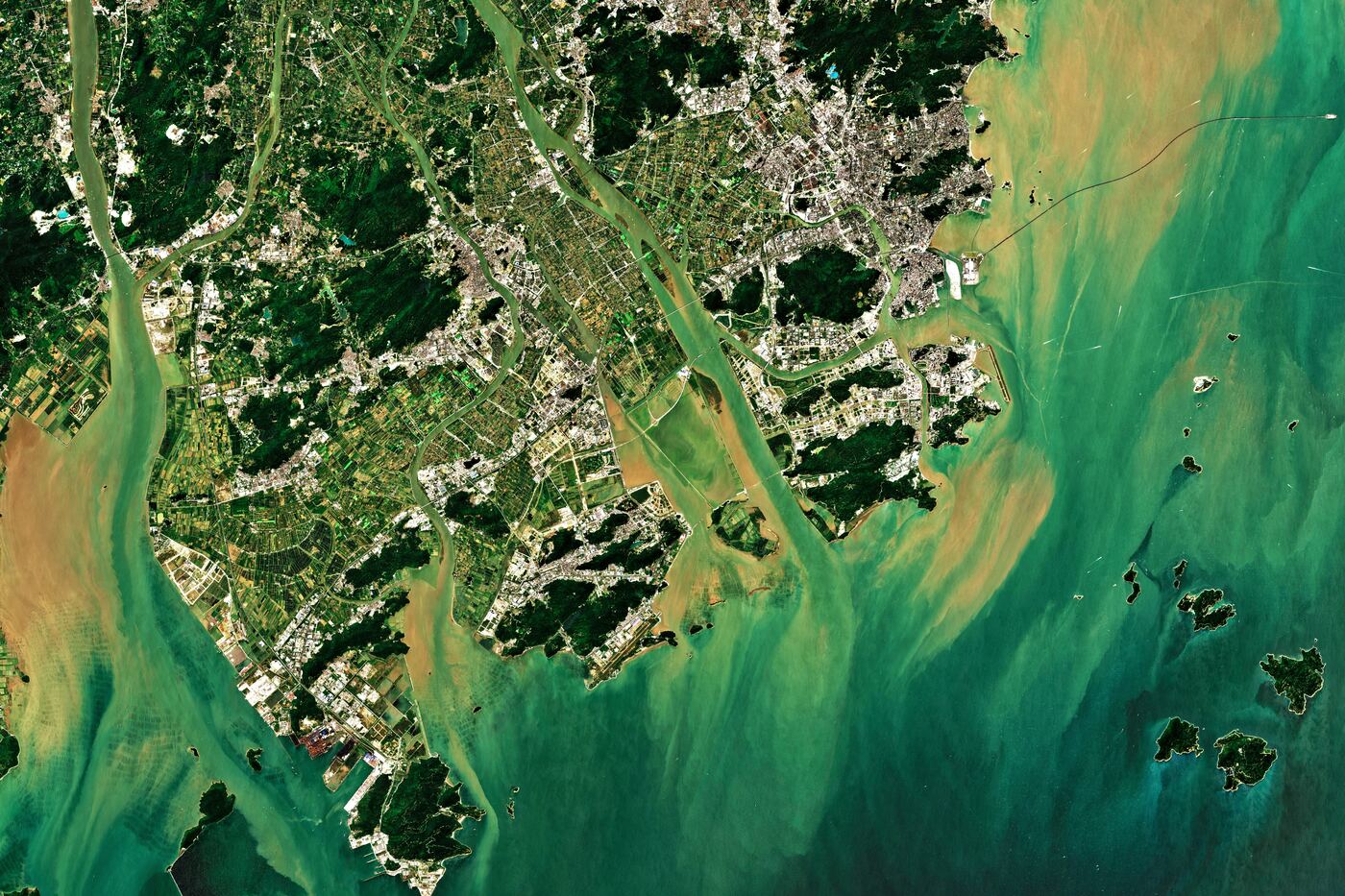
Sustainable Agriculture
- Applicable to: industry sectors (crops, livestock, fisheries, etc.) and related (like food and beverage manufacturing)
- Common product/s: smart machinery, SaaS for agricultural management
- Ones to know: Blue River Technology, Hemav, Monarch Tractor
Growing food demand and the need to reduce habitat loss is a catch-22 as we work towards sustainable living. One of the most obvious solutions is to make sure that the existing arable land is being used as efficiently as possible. To make that happen, AI is being employed to optimize farming practices and increase agricultural productivity while reducing the environmental footprint. AI-driven precision agriculture allows farmers to make data-driven decisions on irrigation, fertilization, and pest control. This results in reduced water usage, lower chemical inputs, and increased crop yields, all contributing to more sustainable food production.
Pioneering this approach, John Deere is the largest manufacturer of agricultural equipment in the world. The company now has crop sprayers that combine AI with high-resolution cameras. This makes it possible for the sprayer to differentiate cultivated plants from weeds and only treat plants that require it. The result is a massive reduction in pesticide use, cleaner crops, and healthier soil.
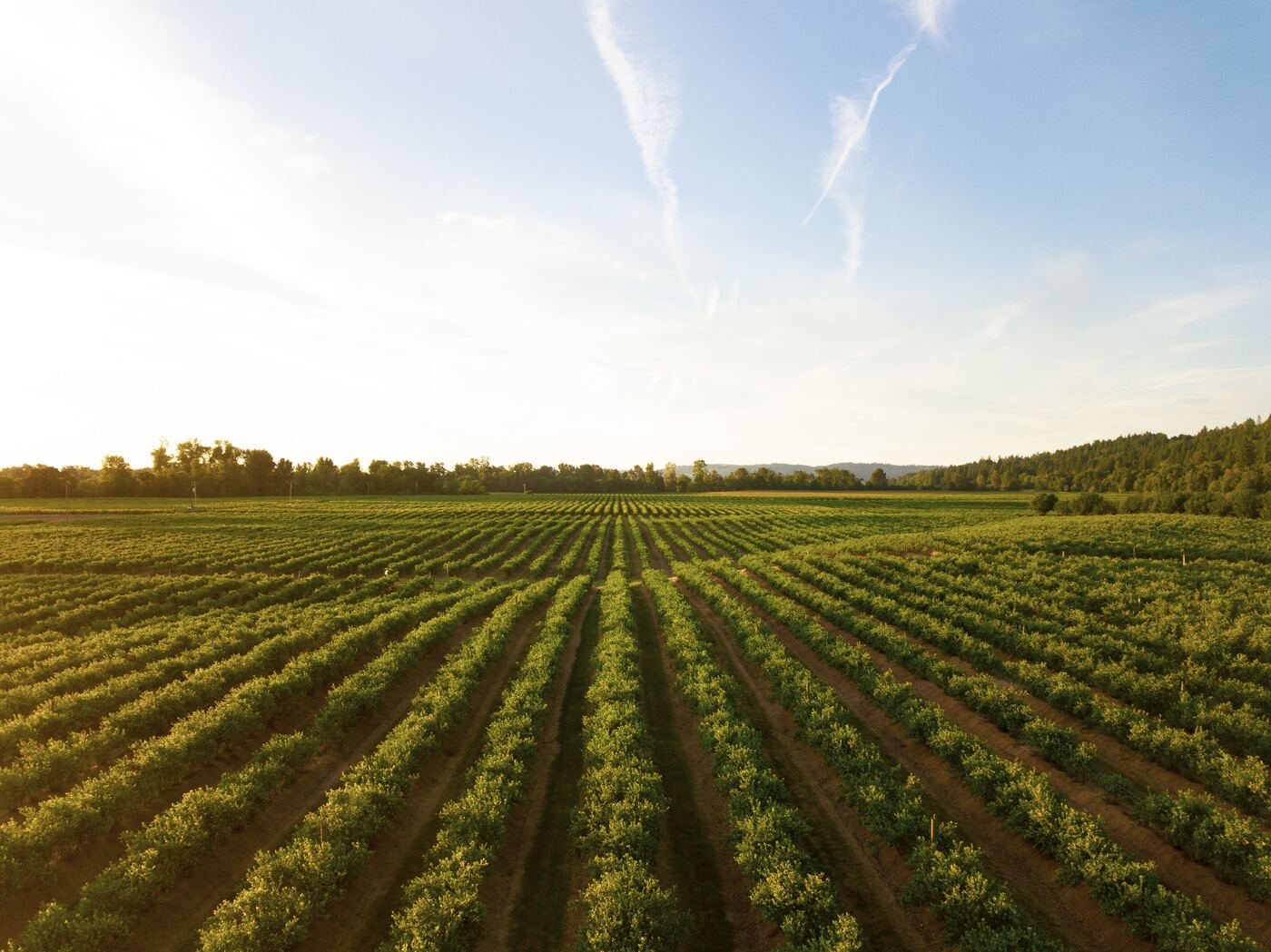
Wildlife Conservation
- Applicable to: field researchers, conservation organizations, government agencies
- Common product/s: species identification, habitat monitoring, security systems
- Ones to know: Marxan, PAWS by Microsoft, TrailGuard AI
Wildlife conservation has long required animal tagging and manual surveying, which is time-consuming, expensive, and invasive. Now, AI is getting instrumental in monitoring evasive wildlife and endangered species. Autonomous drones or stationary cameras equipped with AI can cover vast terrains to track animal movements, count populations, and detect illegal poaching activities. These methods can also aid in tracking individual animals using image recognition technology.
A case in point. AI is being used to aid the Connected Conservation Initiative in Zambia’s Kafue National Park to detect and stop poaching. The park is home to 6,600 African savanna elephants and covers a whopping 22,400 sq km, making it very challenging to monitor. In order to address these issues in the Lake Itezhi-Tezhi area, the initiative installed a 19km-long virtual fence of infrared cameras and set up an AI system that is trained to detect illegal crossings near the lake. According to the World Wildlife Fund, the immediate result of this implementation was a 50% reduction in ivory poaching compared to the 2015 baseline. Although still a challenge to control such a massive space, this AI application is scalable, as each camera does not need to be manually observed.

There are a rising number of examples from other parts of the world, too. Scientists from the Zoological Society of London are using similar tech to monitor British biodiversity – from hedgehogs to blackaps. ‘Only AI made it possible’, they explained.
Ocean Conservation
- Applicable to: field researchers, conservation organizations, government agencies
- Common product/s: smart machinery, species monitoring, plastic pollution analysis
- Ones to know: Reef Support, institutional projects (like Belle, a fish robot, by ETH Zurich)
The world’s oceans are under threat due to overfishing and pollution. AI-powered underwater robots, along with machine learning algorithms, are being used to monitor marine ecosystems. These robots can detect and collect data on changes in ocean temperature, acidity, and the presence of pollutants. AI’s ability to analyze this data in real-time helps to make informed decisions about how to keep the big blue in good shape. Which is important – as our oceans (and the living things within) are believed to be the largest absorbers of carbon on the planet, above even rainforests.
Project: CORaiL is an initiative launched by Accenture, Intel, and Sulubaaï Environmental Foundation in El Nido, Philippines to develop technology for coral reef restoration. It combines AI deep learning algorithms with cameras to non-invasively photograph, count, and classify fish populations. It has collected over 71,000 images, which allow scientists to analyze all the fish that live in the undulating underwater habitat, compare them to other data sets, and determine the overall health of the reef.
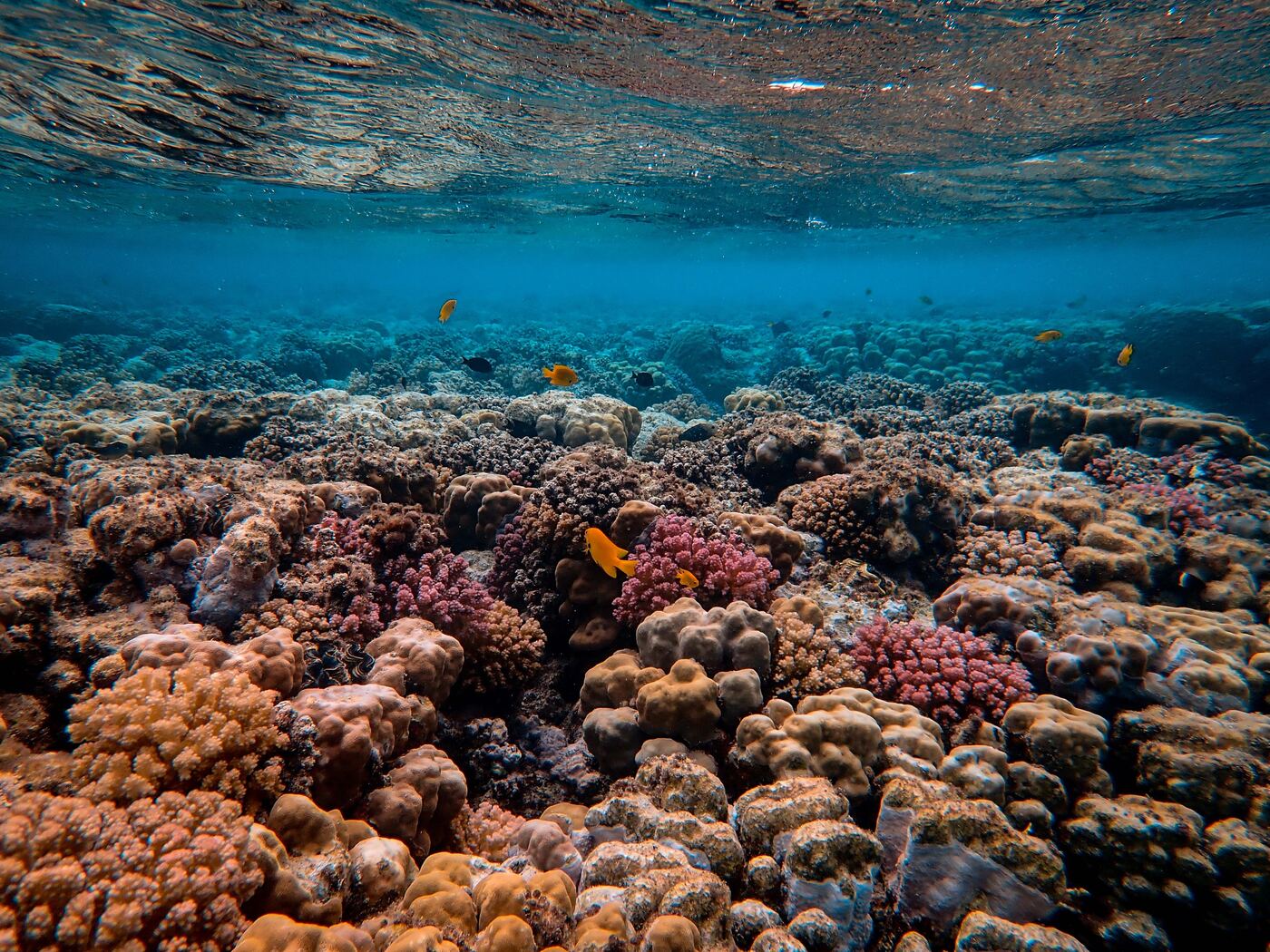
Energy Efficiency
- Applicable to: almost any and every business
- Common product/s: building/facilities management
- Ones to know: BrainBox AI, Building X by Siemens, Myrspoven
AI could significantly improve energy efficiency, reducing greenhouse gas emissions. Smart grids equipped with AI algorithms can optimize energy distribution, reducing energy waste. AI systems also have the potential to enhance building management by optimizing heating, cooling, and lighting, leading to lower energy consumption in commercial and residential buildings.
An older but still impressive example from 2016 is how Google’s DeepMind managed to cut the amount of energy used to cool its data centers by 40%. It collected data from a complex network of sensors and equipment and modeled various operating scenarios until it found the optimal setup. Similar applications will only become more important as the demand for higher computing power and data storage increases.
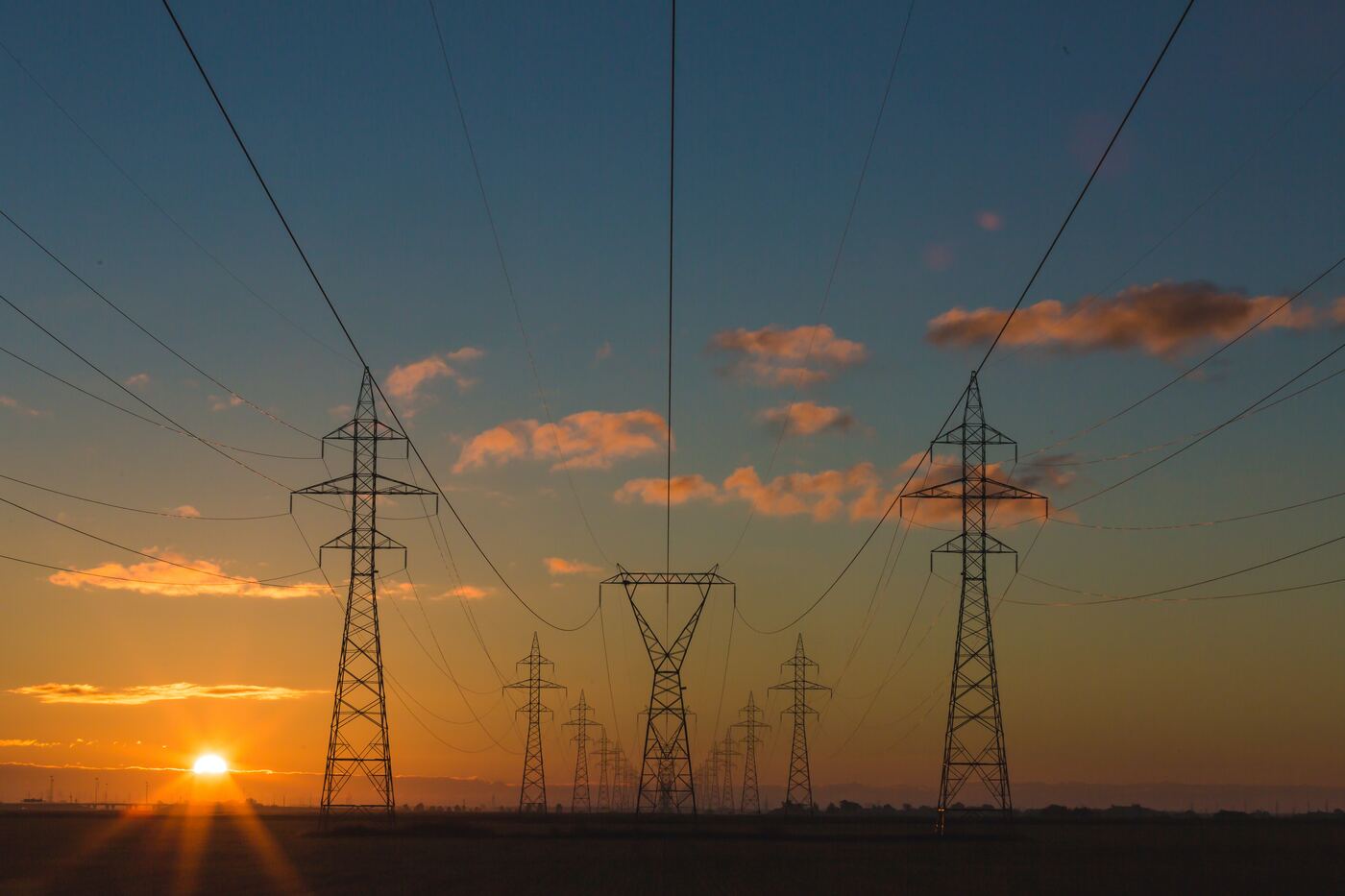
So there we have it.
These examples only scratch the surface of AI applications that are helping to make our world more sustainable. There are countless other emergent uses that could offer solutions for waste management, air and water quality, supply chain efficiency, environmental regulation compliance, and more. Still, as we continue to harness the power of AI, it is essential to use these technologies responsibly, to make sure that they contribute to a more sustainable future. With the right applications, we can take strides toward preserving our planet and a brighter future for all lifeforms that live on it.
AI needn’t just trigger anxiety about being made obsolete, sometimes the opposite.
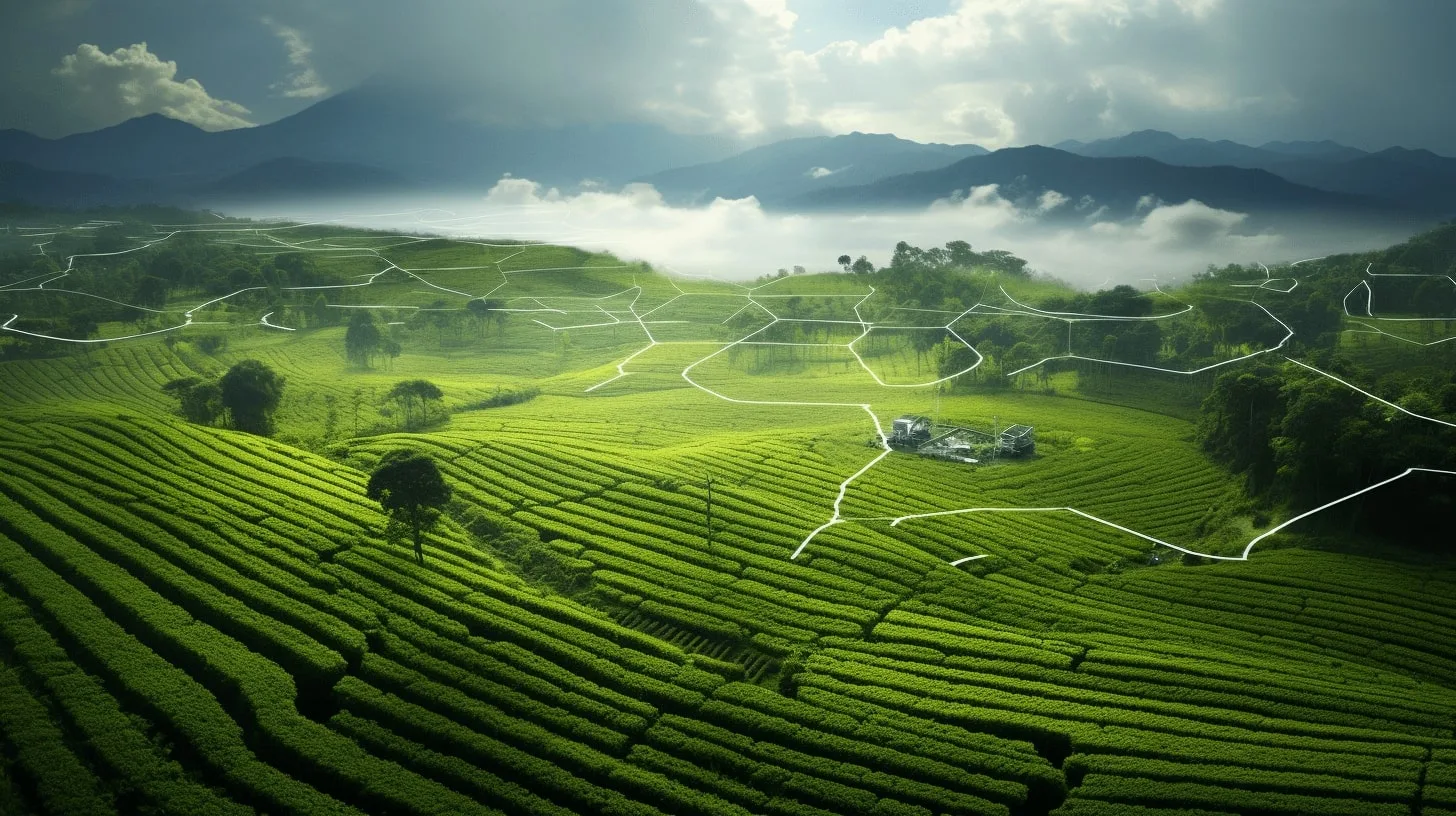


Leave a Reply